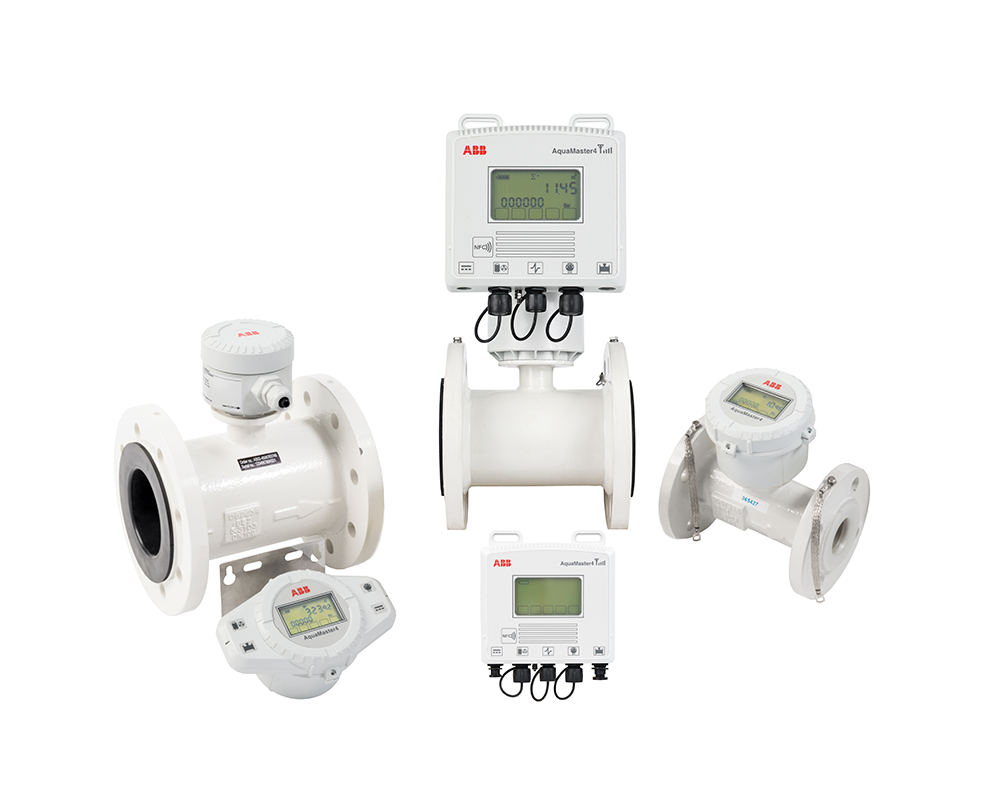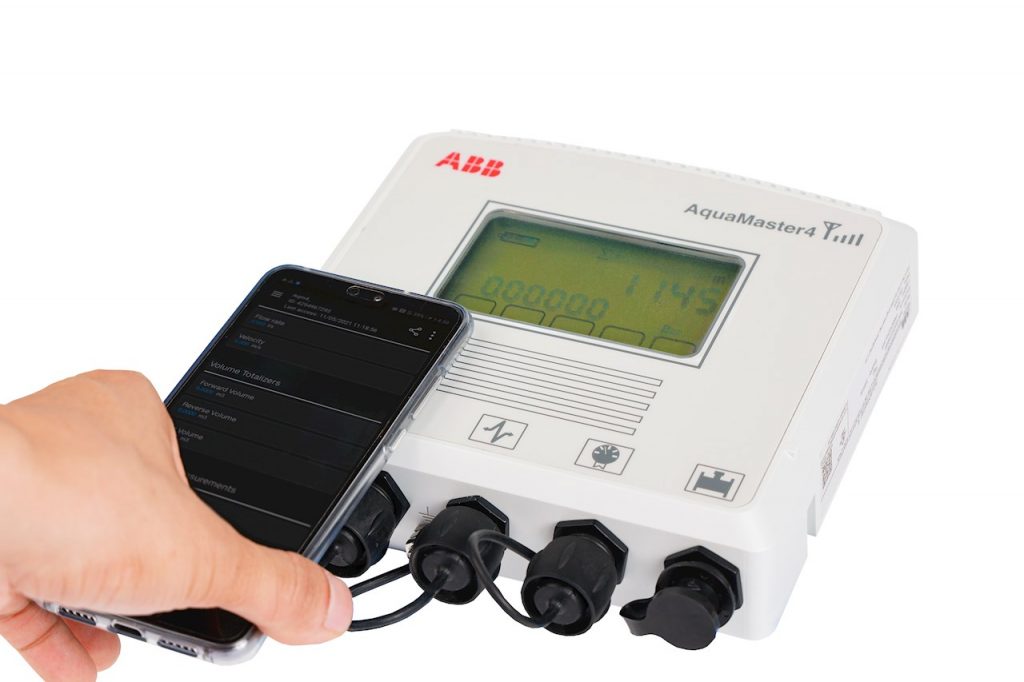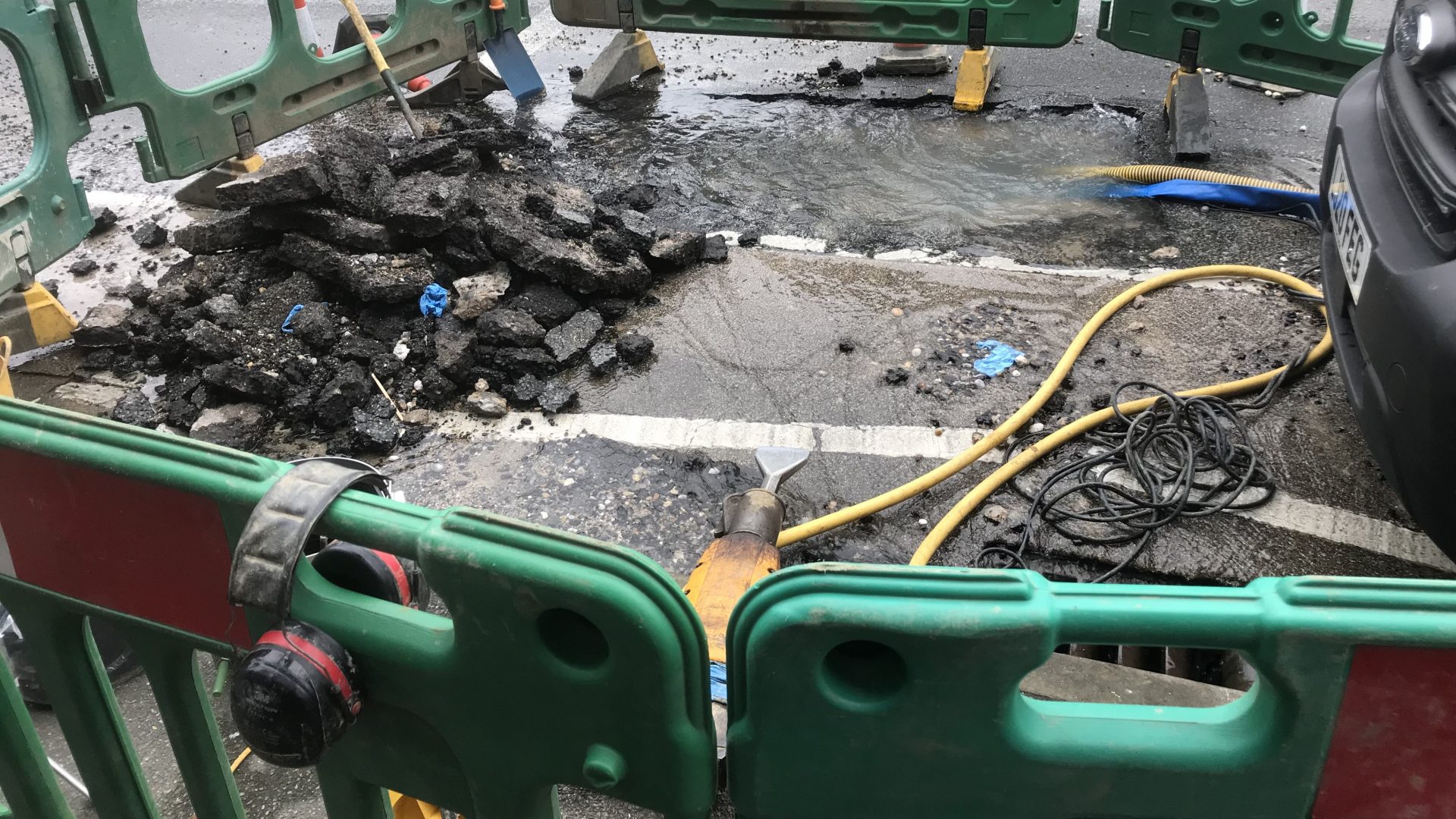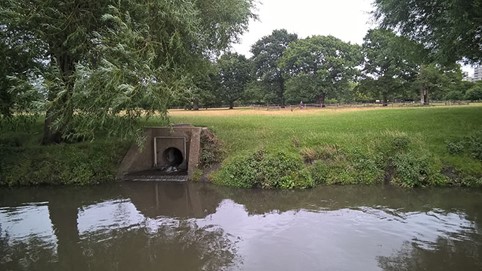A growing population and rapid urbanisation are challenging water utilities to meet growing demand. Alan Hunt, Product Manager Electromagnetic flowmeters, ABB Measurement & Analytics UK and Eire, explains how remote communications are offering a real time view of flows to help detect the location and extent of losses so that repairs can be prioritised.
With the world facing growing water scarcity exacerbated by climate change, the importance of protecting water supplies and avoiding wastage is increasingly vital.
In a 2019 study by the International Water Association, it was estimated that around 346 billion litres of treated water are lost every day from pipelines worldwide. [1] Known as non-revenue water (NRW), it is water that essentially goes missing from a pipeline and cannot be accounted for, this causes enormous financial losses for water utilities, and can endanger water security in areas of water stress. The World Bank estimated that the global cost of non-revenue water to utilities is around US$141 billion per year. [2]
There is a financial loss associated with leakages, not just from lost revenue, but every litre of lost water means that another litre that must be processed and pumped, using more dosing agent and energy, and adding to the carbon emissions produced by an industry that is already energy intensive. Revenue losses and extra costs also represent capital that could be invested in upgrading networks. With growing pressure on companies to protect resources and reduce waste, the reward for reducing leakages on the network are financial and benefit environmental outcomes.
This makes it vital to put measures in place both to detect the location and extent of any losses and explain why these losses are happening.
Measure at night for accurate loss assessment
One of the most effective ways to gain a picture of these losses is through an assessment of minimum night-time flows. At night, pressure is high and water consumption is low, so any losses will represent a large proportion of the flow entering the system. Using data from minimum night-time flow measurements gives water companies the chance to accurately evaluate net night flow (NNF), an estimate of volume of real losses during the minimum night flow (MNF) period.
The night flow into a District Metering Area (DMA) consists of:
- Customer night use – exceptional, non-household and household night use
- Reported and unreported burst losses – bursts on supply pipes, communications pipes and mains
- Background leakage – leaks in plumbing, underground supply pipes, communications pipes and mains
The best data is gained from measurements taken when demand is at its lowest, specifically at night. These low flow rates demand a highly accurate flow meter. Accuracy is also important to enable precise revenue billing. This is best achieved by electromagnetic flowmeters, which can offer an accuracy of as low of +/- 0.2%. Due to both their technical and economic advantages, electromagnetic flowmeters have become the standard flow measurement technology in the water industry over the last few years. These low flow rates demand a highly accurate flow meter capable of producing an accurate reading at low flowrates.
Water utilities face the challenge of meeting increasing demand while driving down costs. Upgrading of meters as they become obsolete as well as unplanned down time from failures raises costs through the need to drive to the measurement sites and perform maintenance. The industry is also suffering from a shortage of skills, with fewer experienced service personnel available to maintain flowmeter assets.

Two-way data gives real time view of flows
As well as accuracy, water network managers also need rapid, robust access to the data being logged if they are to manage NRW and demand generally.
Real time communications are very useful to achieve a completely up to date view of exactly what is happening in the DMA at any given moment – this helps managers discriminate between leaks and normal consumptions, helping them make better decisions and improve efficiency.
With rapid, instant access, water managers can use data to remotely monitor the device and network, diagnose problems and control their water networks in near real time. It can also offer the ability to extract performance data from the device itself, allowing parameter changes to be made remotely and ensure it always works as required. In this way, maintenance teams can pre-empt major failures and prioritise work to use scarce resources and skills more efficiently.
This places a premium on connectivity. Manufacturers are increasingly looking at Low Power Wide Area Network (LPWAN) band and Narrow Band Internet of Things (NB-IoT) connectivity technologies for flowmeters to give users fast access to measurement, configuration and maintenance data. Power over Ethernet (PoE) is another option. Using the same cable for both power and communications, PoE allows flowmeters to be installed wherever they are needed. This allows data that was previously hidden in field devices, such as measurement values on density, conductivity or concentration of the medium, to be accessed for analysis and action.
Communication should also be secure, allowing data integrity to be maintained while deterring intruders. Interference should also be kept to a minimum, allowing interruption free communications with the device without any intermediary hardware being required. The connectivity used should be based on standard, widely available protocols that are readily accessible. Any technology and networks used should be future proof and not run the risk of being obsolete in a short time.
The flowmeter should also be easy to fit quickly anywhere it is needed in the DMA, have low power consumption to achieve low operating costs and be capable of self-diagnosis. The meters should avoid the need for additional hardware due to power considerations.
Advanced flowmeters fit the bill
These criteria are met by the most advanced flowmeters now coming onto the market. Combining digitalisation and advanced connectivity, they offer a complete wireless solution for continuous flow measurement, logging of accurate data and communication of recorded information.

Making use of 4G-LTE and NB-IoT networks, one of the latest offerings is the world’s first electromagnetic flowmeter with bidirectional connectivity, ABB’s AquaMaster4. By using high speed, low-cost mobile data accessible via an internal SIM card connected to a mobile network, the flowmeter can be deployed virtually anywhere – even when located hundreds of miles away from the flowmeter installation site, operators can read values from the device remotely, allowing them to manage the device and their operations wherever they are.
Manufacturers are also beginning to combine flow and pressure measurement into one device, making it simpler to gather, share and analyse data. Some devices can retrieve a host of data remotely, including historical logged values of pressure, flowrate, alarms, battery life, and activity records.
Further convenience for users is offered by the use of Near Field Communications (NFC) technology. By simply tapping the transmitter with a smart device such as a phone or tablet, users can rapidly download configuration settings and retrieve logger data.
Efficient energy use is also a major requirement for flowmeters, especially if they are sited in remote locations where it might be difficult to provide mains power. Latest generation flowmeters can be powered by standard Lithium D cells, offering up to eight years of life. This high battery life also removes the need for cumbersome, costly cables and field visits.
Another useful feature is the ability to replace batteries without losing the contents of the logger. The ability to detect battery life and reconfigure operations to maximises working time is another energy saving strategy that will benefit users. Some take energy saving to the next logical step and include the ability to run from renewable sources such as a solar panel or wind generator.
Remote, easy access to flowmeter data helps water utilities optimise their operational approach by reducing pumping costs yet still managing the supply effectively. Achieving the highest levels of flow and pressure measurement accuracy, combined with easy, anywhere access to the data, helps forecast demand accurately and reduces the loss of revenue due to NRW.
References
[1] https://iwaponline.com/ws/article/19/3/831/41417/Quantifying-the-global-non-revenue-water-problem
[2] https://inweh.unu.edu/wp-content/uploads/2017/11/Global-Water-Crisis-The-Facts.pdf p8



